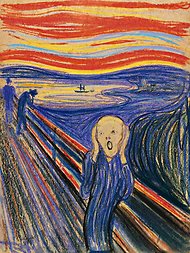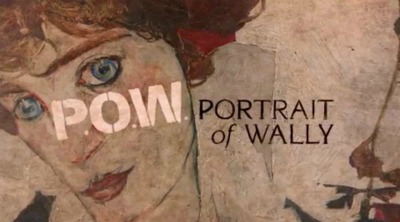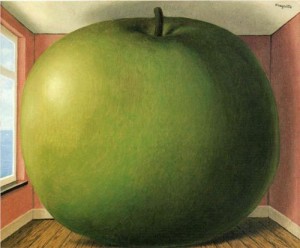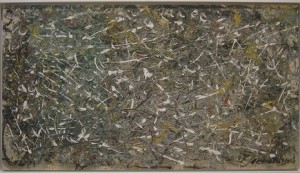Major problems with my computer tonight: I tried to watch the Sotheby’s sale online, but it went in and out, and I missed the key lot — #20. Munch’s Scream.
But now I know that it fetched $119.9. million. Crazy, and I still prefer to think that it’s not a record, because the $82.5 million fetched by Dr. Gachet in 1990 tranlates to $144.8 million today.
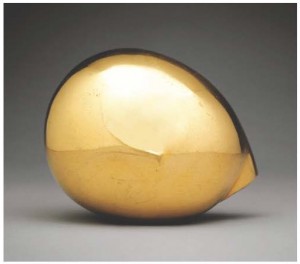 Sotheby’s says in a release: “Â A group of seven bidders jumped into the competition early, but it was a prolonged battle between two highly determined phone bidders that carried the final selling price to its historic level, after more than 12 minutes.”
Sotheby’s says in a release: “Â A group of seven bidders jumped into the competition early, but it was a prolonged battle between two highly determined phone bidders that carried the final selling price to its historic level, after more than 12 minutes.”
The winning bidder was on the phone, and we have no indication so far what nationality.
More interesting results: The 1942 Picasso portrait of Dora Maar, once owned by Teddy Forstman, fetched $29.2 million despite a report that it had a tear, just beneath the neck — repaired, but still. Here’s the story in Vanity Fair.
Brancusi’s Promethee, a beautiful gilded bronze piece, at right, soared above its $6 to $8 million estimate and brought $12.68 million, including the buyer’s premium. Â
The sale ran out of steam near the end of the sale, after 9 p.m., when several lots were passed.
UPDATE: Still, here’s what Sotheby’s said, to sum up the sale: “The Impressionist & Modern Art Evening Sale totaled a remarkable $330,568,550 / £203,765,332 /€250,936,357, Sotheby’s highest-ever total for a sale of Impressionist & Modern Art worldwide**, and the second-highest total for a Sotheby’s auction in any category***.”

